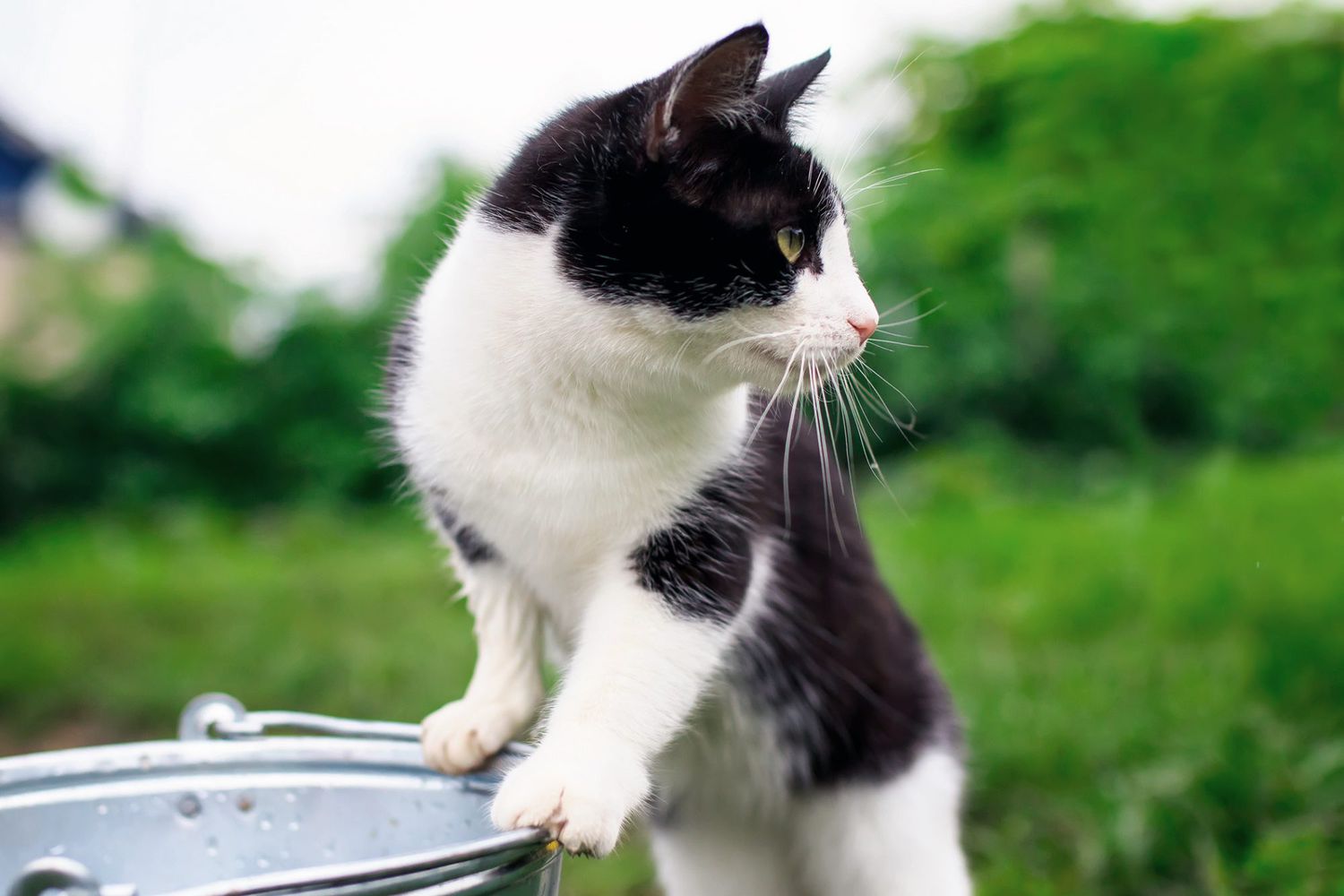
Cat litter and litter boxes play a critical function in the lives of both cats and their owners. From the simple starts of sand and soil to the ingenious advancements of today, the world of cat litter has developed substantially. In this thorough guide, we delve into every aspect of cat litter and litter boxes, exploring their history, types, benefits, difficulties, and everything in between.
The history of cat litter dates back centuries, with ancient civilizations using sand, soil, and even ashes as primitive litter materials. However, it wasn't up until the mid-20th century that contemporary cat litter as we understand it emerged. In 1947, Edward copyright presented the world's very first commercial cat litter made from absorbent clay, transforming the way cats relieved themselves indoors. Ever since, cat litter has undergone numerous transformations, with the introduction of clumping litter, silica gel litter, biodegradable options, and more.
Today, cat owners are ruined for option when it pertains to picking the best litter for their feline buddies. Traditional clay litter remains popular for its affordability and efficiency in soaking up smells. Clumping litter, which forms solid clumps when wet, simplifies cleaning and upkeep. Silica gel litter, made up of highly absorbent silica crystals, provides superior smell control and durability. Naturally degradable choices, such as recycled paper, wood pellets, corn, and wheat, appeal to ecologically mindful consumers.
Each type of cat litter offers special benefits. Clay litter masters its ability to soak up wetness and control odors, making it a reputable choice for lots of feline owners. Clumping litter simplifies daily scooping and extends the time Wood Cat Litter in between complete litter changes. Silica gel litter supplies remarkable odor control and can last longer in between replacements. Naturally degradable litters offer a sustainable option that lessens environmental effect.
While cat litter improves indoor feline hygiene, it is not without its obstacles. Dust from clay litter can present respiratory threats for both cats and humans, triggering the appeal of dust-free options. Some cats might develop litter box hostility due to issues with texture, fragrance, or cleanliness, demanding experimentation with different litters and box setups. Multi-cat households might require tactical litter box positioning and frequent upkeep to prevent territorial conflicts and ensure all cats have access to tidy facilities.
Choosing the proper litter box is important for promoting favorable litter box routines and overall feline wellness. Factors to think about include size, availability, and style preferences. Covered litter boxes offer privacy and assistance contain odors, however some cats might find them restricting or daunting. Open-top litter boxes use easy access and exposure however may lead to more litter scatter. Automatic self-cleaning litter boxes streamline upkeep however require routine tracking and upkeep.
Proper litter box maintenance is vital for ensuring a tidy and welcoming environment for both cats and their owners. EcoFriendly Litter Boxes Daily scooping eliminates waste promptly, lessening smell and discouraging litter box aversion. Routine litter replacement, typically every 1-2 weeks, prevents bacterial accumulation and keeps optimal absorbency. Comprehensive cleansing with moderate detergent and water, avoiding severe chemicals that may prevent felines from using package, need to be performed monthly.
Cat litter and litter boxes play a central function in cultivating a healthy and unified relationship between felines and their human buddies. With a varied range of litter choices and litter box styles available, cat owners have the flexibility to customize their choices to suit their felines' choices and household needs. By understanding the development, types, advantages, and obstacles of cat litter and litter boxes, family pet owners can supply their feline friends with cat litter pellets a comfortable and hygienic indoor environment.